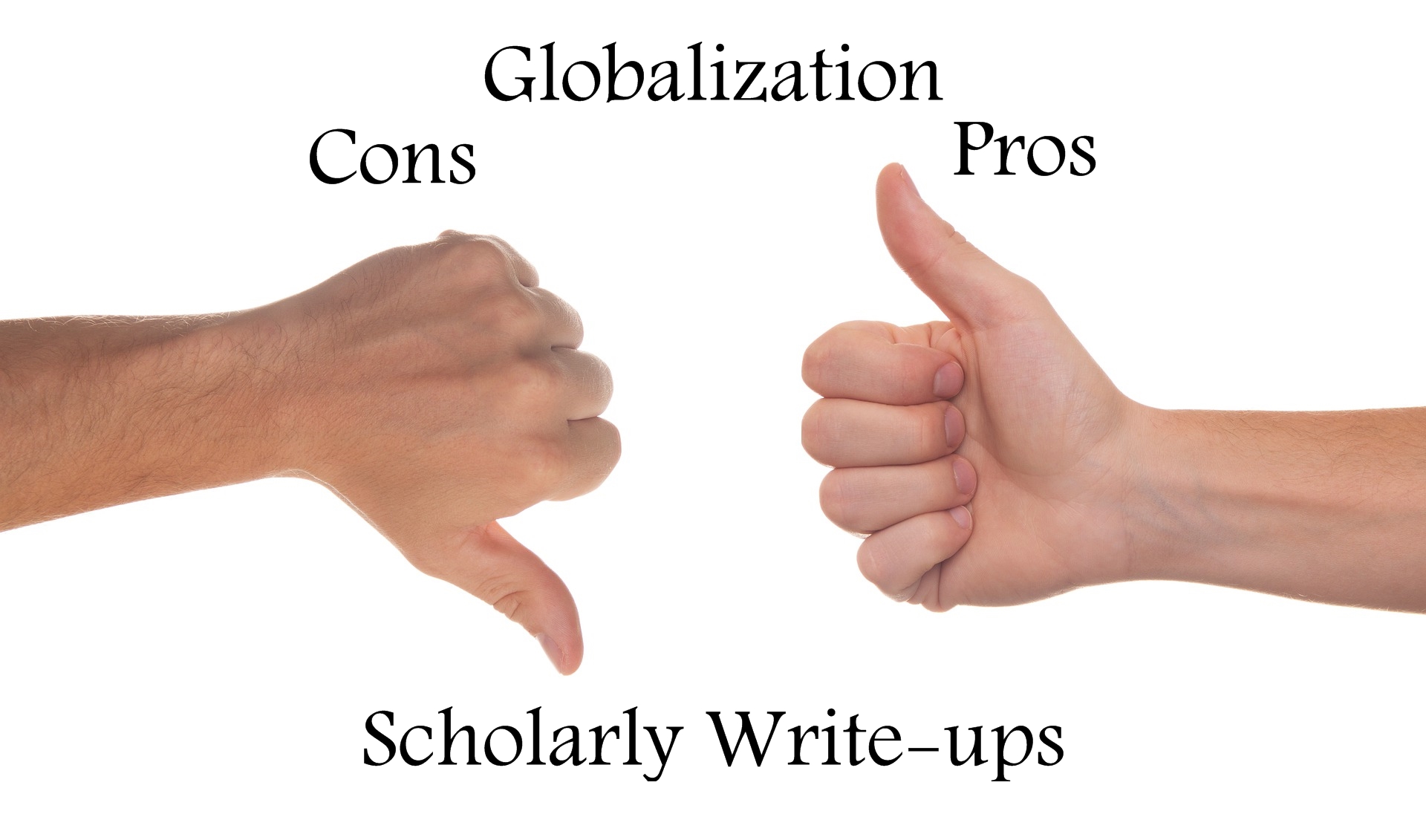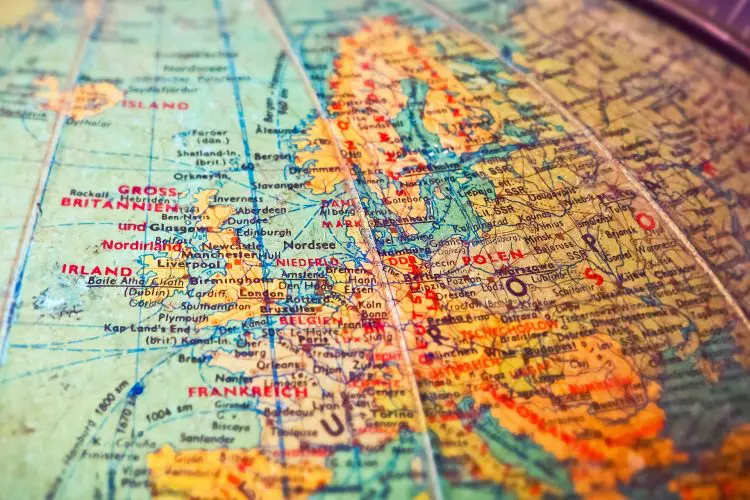‘International Relations’ is broadly defined as the study of relationships between states. States’ behaviors or relations with each other are solely guided by their national interests. Thus, if state A is at peace with state B; the peace is said to be serving the national interests of those states. Similarly, if a state is at war with another state, this too means that those states are fighting to secure their self-interests.
The history of international relations is the history of peace and conflict. For example, Thucydides’ writings ‘History of the Peloponnesian War’ around 400 B.C., which is about the thirty years of war between Athens and Sparta shows that war was the phenomenon of ancient times. Moreover, recently it was also the thirty years of war among the European states (1618 – 1648) and its end with the ‘Peace/Treaty of Westphalia’ that gave birth to the modern nation-state system.
Afterward, the Napoleonic wars, World War 1, World War 2, and Cold War, followed by limited and total warfare incidents especially in Africa and the Middle East, all highlight the intermittent conflict and resulting peace in international relations.
The Concept of ‘Peace’ in International Relations
Peace is an ideal state of the states’ interactions in International Relations. Peace stems from cooperation within states.
Basically, the idea of peace is based on ‘Liberalism’, a theory in International Relations that advocates cooperation and peace among the states.
Methods to Maintain Peace in International Relations
As the Liberal group of thought in International Relations advocates peace in the world, various strands of Liberal thought highlight how this peace can actually be achieved.
Liberalists have proposed the following methods to attain peace.
1. Democratic Governments
Liberalism laid emphasis on the establishment of democratic governments. As said by Woodrow Wilson,
Democratic governments will make wars less likely.
Woodrow Wilson
Thus, if democracy prevails over the entire world, it would eliminate the chances of war among states. This notion is also known as ‘Democratic Peace’.
2. Free Trade
According to liberal thought, commerce, and trade can reduce conflict. States connected together through free trade are less likely to enter into conflict with each other or otherwise, which will hurt their economic interests.
3. Formation of Global Institutions
According to liberalism, the formation of global organizations is based on the principle that a threat to peace anywhere is a common threat to everyone and can end conflict and wars among the states. The global institutions today, like United Nations Security Council (UNSC), are based on this principle.
Based on liberal thoughts, the ‘League of Nations’ was established in 1920 after World War 1 to check any other global conflict in the future. The failure of the ‘League of Nations’ and World War 2 led to the formation of the United Nations and its various organs to maintain peace in the world. Today the organizations like the United Nations General Assembly, United Nations Security Council, and the International Court of Justice, along with other regional organizations like SAARC, SCO, etc. are working on similar principles of cooperation proposed by liberalism that are making great conflicts in the world unlikely.
Apart from these liberal ideas of curbing conflicts, realism has also proposed some ideas that work in maintaining peace in International Relations.
4. Formation of Alliances and Balance of Power
States form alliances when some militarily emerging state threatens them. This concept is called the ‘balance of power’. It can help in maintaining peace on the global stage. For example, if states A, B, and C, are threatened by the militarily rising power of state X, the former states A, B, and C will form an alliance to balance the power of state X. This alliance will be deterrence for state X that will keep it from attacking any of those states.
The entire period of the Cold War is the era of alliances formation and balance of power. This balance actually made conflict between the USA and USSR unlikely during the cold war.
5. Deterrence
States maintain military deterrence that also makes conflict unlikely. To understand this concept, we have seen how the state of Pakistan has successfully maintained nuclear deterrence against its bigger enemy ‘India’. It is an ideal example of deterrence.
Deterrence often leads to an arms race. To stop the enemies from attaining superiority in military power and capabilities, states indulge themselves in the arms race. They keep acquiring sophisticated military weapons and tools to counter any possible threat from potential enemies.
Concept of ‘War’ in International Relations
The concept of war and conflict in International Relations is based on ‘Realism’, a theory that proposed that humans are by nature selfish and are always in competition with each other for domination and gaining self-advantage.
As there is an absence of any higher authority on the international stage, states are the most important actor on the world stage. Based on selfish human nature, these states are always in a state of conflict with each other to gain their self-interests.
Therefore, war is a perpetual phenomenon in the interactions among the states according to the realists.
Types of War
Wars are of multiple kinds or types. Following are the major types of wars.
- Limited Warfare
- Total Warfare
- Guerrilla Warfare
- Proxy Warfare
- Hybrid Warfare
Limited warfare is called limited because it is carried out to achieve some limited objective. The objectives can be; capturing specific posts of the enemy, freeing hostages, pushing the enemy back, etc. The intermittent skirmishes between India and Pakistan at the ‘Line of Control’, is an example of limited war.
On the other hand, the aim of total war is an all-out defeat of the enemy. World Wars I and II are examples of total wars where states fought to wipe out enemies permanently.
Guerrilla Warfare is basically a hit-and-run strategy where the small enemy utilizes the guerrilla tactics of hitting and running away in order to avoid loss of strength or manpower. In this mode, one enemy hits the target of the other and then changes its position to avoid being captured or killed.
In proxy warfare, a state does not actively engage in war by utilizing its army; rather, it uses proxy groups to fight. The use of Mujahideen in Afghanistan by Pakistan during the USSR’s intervention in the 1980s is an example of a proxy war.
On the other hand, hybrid warfare, or fifth-generation warfare is the most recent form of warfare. In this mode of warfare, the state uses different tools and techniques to hurt the enemy. The tools utilized are social and mainstream media, inciting violence and uprising against the government and its institutions, changing public opinion, the spread of false news, etc. Currently, India is employing this mode of warfare to hurt the image of Pakistan internationally.
How can we make this world a better place?
This world would be a better place if there is peace and cooperation among all the states and non-state actors. We can achieve peace by following the liberal framework of cooperation with the help of regional and global institutions/organizations. By setting up conflict resolution methods, actively engaging in diplomacy, enhancing economic and trade ties, and following democratic principles in world politics; we can actually make this world a peaceful and a better place to live in with all-inclusive development.
Why Peace is Necessary in the World?
Without peace, there will be no mutual cooperation among states in the field of arts, intelligence, medicine, science, and technology. Without peace, we would be unable to fight traditional and evolving non-traditional security threats like Covid-19.
We have recently witnessed how with collective efforts, we have managed to control the spread and adverse impacts of Covid-19. The circulation of equipment like PPE for medical staff, ventilators for patients, and vaccines for immunity have saved the lives of millions. We must learn a lesson from this.
Conclusion
In a nutshell, peace is a normal behavior of the states. While conflict and war are aberrations, a deviation from normalcy. As human beings, states behavior is unpredictable too. If peace is in their interest, states maintain peace with each other. On the other hand, if felt threatened, states go to war to secure their self-interests. This (peace and conflict) has always been the history of international relations.
Also Read:






Leave a Comment